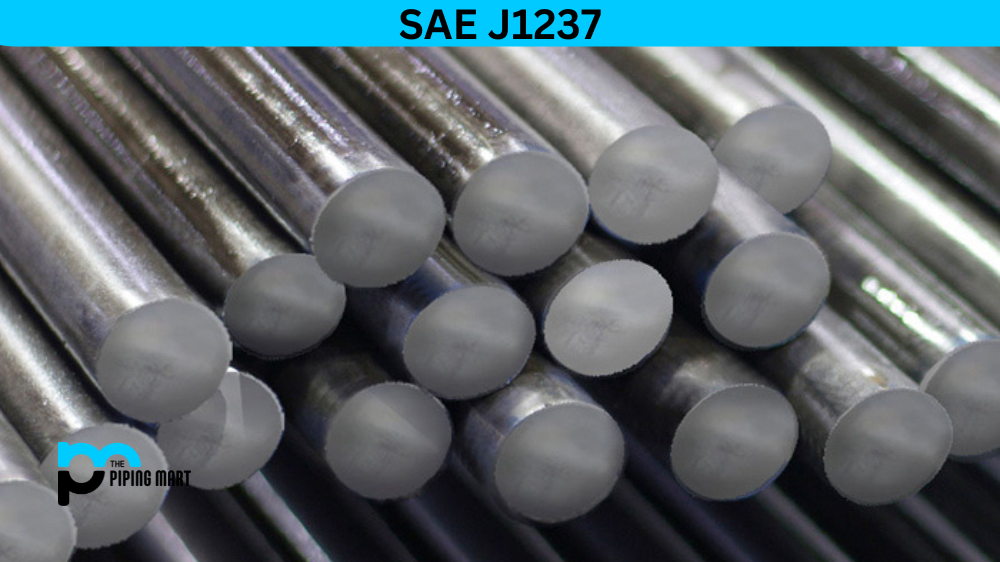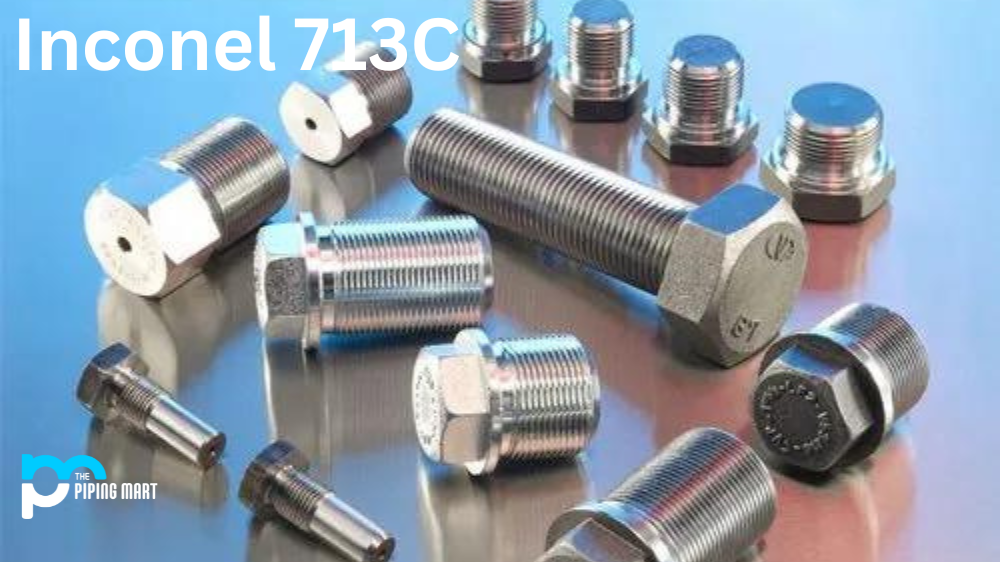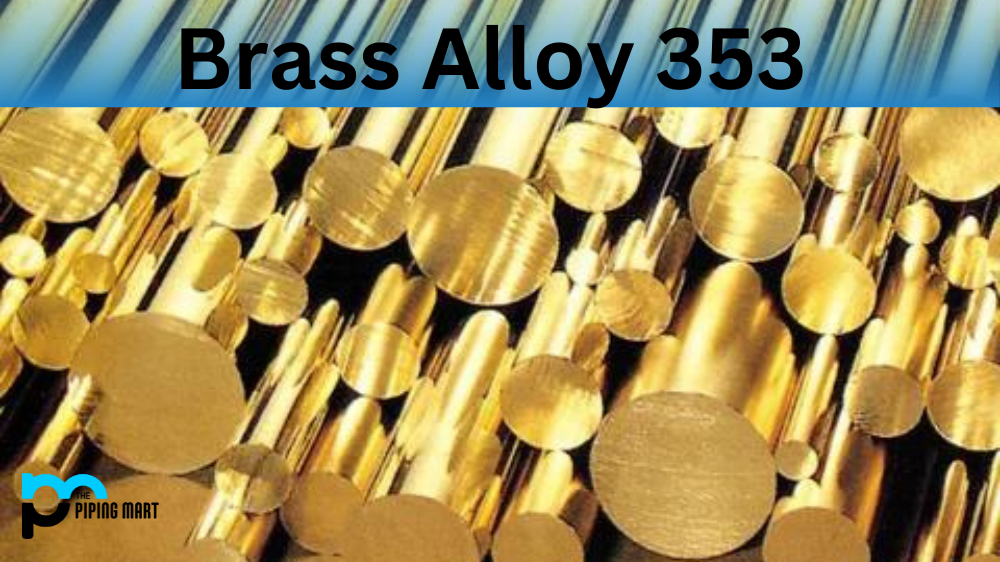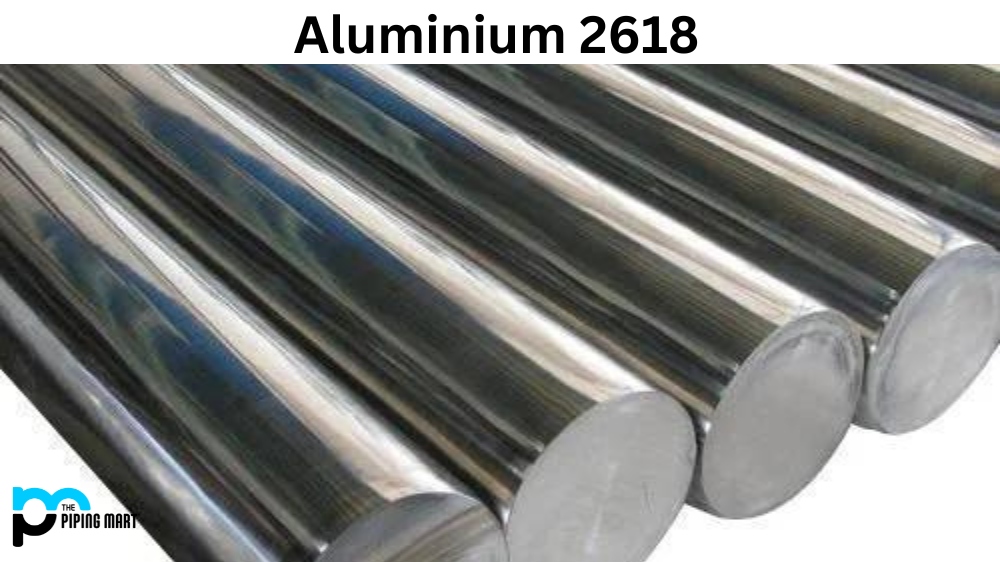SAE J1237 is a standard specification formulated by the Society of Automotive Engineers (SAE) for carbon and alloy steel wire rods commonly used in the automotive industry. The SAE J1237 standard specifies various properties and characteristics that make these wire rods suitable for critical automotive applications. This comprehensive guide will discuss the SAE J1237 composition, mechanical and physical properties, uses, corrosion resistance, heat treatment, machining, and welding options available for these steel wire rods.
SAE J1237 Composition
The SAE J1237 standard specifies the composition of carbon and alloy steel wire rods used in the automotive industry. The composition of these steel alloys can vary depending on the intended application. The standard specifies a number of elements in the composition of these alloys, including carbon, manganese, phosphorus, sulfur, and silicon. The standard also allows adding other elements, such as aluminium, boron, chromium, copper, lead, and nickel.
SAE J1237 Mechanical Properties
The SAE J1237 specification also outlines the mechanical properties that steel wire rods need to meet for use in the automotive industry. These properties include tensile strength, yield strength, elongation, and area reduction. The mechanical properties of these steel alloys are critical because they determine how well the rods perform under stress. The mechanical properties depend on the alloy’s composition and any heat treatments.
SAE J1237 Physical Properties
In addition to mechanical properties, the SAE J1237 specification outlines specific physical properties these wire rods must meet. These properties include specific gravity, thermal conductivity, and electrical conductivity. These properties are essential in determining the performance of these wire rods in specific applications, such as electrical wiring and heat transfer.
SAE J1237 Uses
The SAE J1237 standard specifies using these wire rods in the automotive industry to manufacture various critical components, such as bolts and nuts, airbag springs, and suspension systems. These wire rods play a crucial role in ensuring the safety and performance of vehicles. The construction industry also uses wire rods to manufacture reinforcement meshes and bars.
SAE J1237 Corrosion Resistance
Corrosion resistance is an important consideration for steel wire rods in the automotive industry. The SAE J1237 standard specifies that these wire rods should have adequate corrosion resistance to withstand exposure to moisture and other corrosive elements. Manufacturers achieve this by adding specific elements to the composition of the wire rod or by applying special coatings or finishes to the surface of the wire rod.
SAE J1237 Heat Treatment
Heat treatment is an important process affecting steel wire rods’ mechanical properties. The SAE J1237 standard specifies various heat treatment processes that can be used to achieve specific mechanical properties. These wire rods’ most common heat treatment processes include annealing, normalizing, quenching, and tempering.
SAE J1237 Machining
Machining is a critical process for manufacturing various components using steel wire rods. The SAE J1237 standard specifies that these wire rods should be machined using appropriate tools and techniques to achieve the desired dimensions and tolerances. Machining involves various processes, such as turning, drilling, milling, and grinding.
SAE J1237 Welding
Welding is another important process used in manufacturing components using steel wire rods. The SAE J1237 standard specifies various welding methods that can be used to join these wire rods, such as gas tungsten arc welding and gas metal arc welding. Proper welding techniques ensure the joint is strong enough to withstand stress and strain.
Conclusion
SAE J1237 wire rods are critical components in the automotive and construction industries. Understanding the specification and properties of these wire rods is essential to ensure that they perform well under stress and meet the required safety and performance standards. The SAE J1237 specification covers various aspects of these wire rods, including composition, mechanical and physical properties, uses, corrosion resistance, heat treatment, machining, and welding methods. Manufacturers need to follow these standards and apply appropriate techniques to achieve the desired performance from these wire rods.
Meet Heer, a dynamic and driven writer learning tricks of her trade in the metal industry. With a background in Digital Marketing, Heer brings a unique perspective to her writing, sharing valuable insights. Apart from blogging she like reading and hiking.




